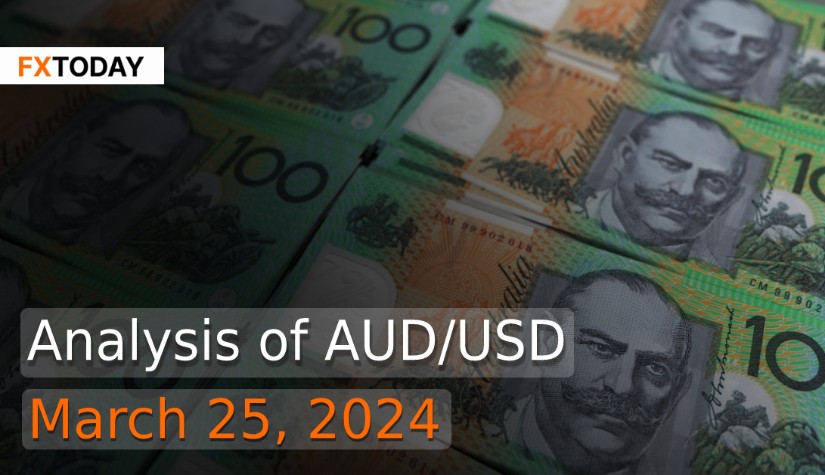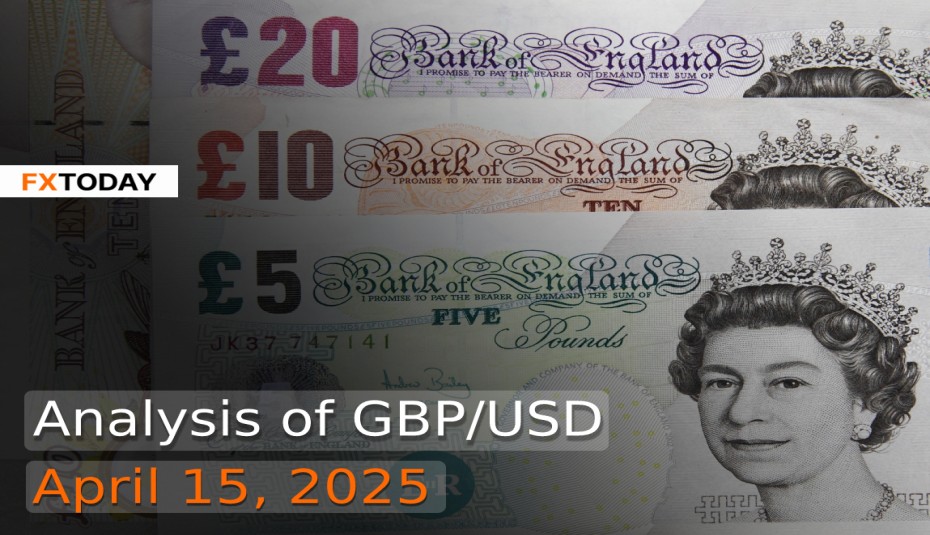Australian Employment Surges; Attention Shifts to US Inflation and Monetary Policy
In February, Australian employment experienced a significant surge, surpassing expectations and signaling a robust labor market despite previous concerns of weakening. The Australian Bureau of Statistics reported a remarkable increase of employed individuals compared to the prior month, marking the largest monthly gain in a decade. Consequently, the unemployment rate dropped to 3.7%, returning to a level observed six months earlier and down from the recent peak of 4.1%.
The unexpected strength in February's employment figures was partly attributed to a change in seasonal patterns, with a larger-than-usual number of individuals returning to work following the summer holiday period. Full-time employment notably increased, while the participation rate edged up to 66.7%, and total hours worked rebounded by 2.8% after a decline in the previous month. Despite these positive indicators, projections suggest a gradual loosening of the labor market in the coming months, with the Reserve Bank of Australia anticipating the unemployment rate to rise to 4.2% by June and 4.3% by the year's end.
The strong performance of the labor market provided support for the Australian dollar, which rose by 0.5% following the release of the employment data. Market expectations for interest rate adjustments by the Reserve Bank of Australia were revised downwards, with anticipated easing reduced from 44 basis points to 37 basis points for the year.
Meanwhile, the Australian government announced its support for a minimum wage increase aligned with inflation to mitigate the impact of rising living costs on low-income families. The move follows previous adjustments made by the Fair Work Commission in response to inflationary pressures, which have moderated in recent months. Additionally, the government pledged further relief measures in the upcoming budget, including tax cuts for all taxpayers starting from July.
In monetary policy, the Reserve Bank of Australia opted to maintain interest rates at 4.35%, signaling confidence in inflation returning to target levels despite a slowdown in economic growth. While the central bank acknowledged the uncertainty surrounding the path to cooling inflation, it refrained from explicitly stating further rate hikes, indicating a more neutral stance compared to previous meetings.
The Reserve Bank officials will closely monitor Wednesday's inflation figures, particularly as February's data is expected to capture changes in service prices, which have been declining at a slower rate compared to goods. Any upside surprises in inflation figures may delay potential rate cuts by the RBA as the economy faces a slowdown. Economists anticipate a slight increase in the annual inflation rate to 3.5% in February from 3.4% in January, which could influence the RBA's decision-making process regarding monetary policy adjustments.
Investors are eagerly awaiting data on U.S. inflation, particularly focusing on the core personal consumption expenditures price index. Additionally, various economic indicators, including new home sales, durable goods orders, revised GDP, and weekly jobless claims, will provide further insights into the state of the U.S. economy.
Federal Reserve officials, including Chair Jerome Powell, are scheduled to speak this week, with analysts anticipating a shift towards a more hawkish stance regarding long-term policy interest rates. While Powell's recent dovish tone surprised some, the Fed's updated economic projections suggest a more optimistic outlook among his colleagues, pointing towards stronger economic growth, higher inflation, and a modest rise in the Fed's longer-term rate. This divergence in viewpoints may influence market perceptions and expectations regarding future monetary policy decisions. As a consequence, fluctuations in the US dollar may occur, potentially leading to increased volatility. The Australian dollar might experience some short-term strengthening; however, sustained appreciation is expected to be restricted over the long haul. This limitation stems from the disparity in economic returns between the two distinct economies.
Data for Technical Analysis (30Min) CFD AUD/USD
Resistance : 0.6544, 0.6546, 0.6550
Support : 0.6536, 0.6534, 0.6530
30Min Outlook
Source: Investing.com
Buy/Long 1 If the support at the price range 0.6531 - 0.6536 is touched, but the support at 0.6536 cannot be broken, the TP may be set around 0.6546 and the SL around 0.6529, or up to the risk appetite.
Buy/Long 2 If the resistance can be broken at the price range of 0.6544 - 0.6549, TP may be set around 0.6556 and SL around 0.6534, or up to the risk appetite.
Sell/Short 1 If the resistance at the price range 0.6544 - 0.6549 is touched, but the resistance at 0.6544 cannot be broken, the TP may be set around 0.6536 and the SL around 0.6551, or up to the risk appetite.
Sell/Short 2 If the support can be broken at the price range of 0.6531 - 0.6536, TP may be set around 0.6526 and SL around 0.6546, or up to the risk appetite.
Pivot Points Mar 25, 2024 03:00AM GMT
|
Name
|
S3
|
S2
|
S1
|
Pivot Points
|
R1
|
R2
|
R3
|
|---|---|---|---|---|---|---|---|
| Classic | 0.6526 | 0.653 | 0.6536 | 0.654 | 0.6546 | 0.655 | 0.6556 |
| Fibonacci | 0.653 | 0.6534 | 0.6536 | 0.654 | 0.6544 | 0.6546 | 0.655 |
| Camarilla | 0.6539 | 0.654 | 0.6541 | 0.654 | 0.6542 | 0.6543 | 0.6544 |
| Woodie's | 0.6526 | 0.653 | 0.6536 | 0.654 | 0.6546 | 0.655 | 0.6556 |
| DeMark's | - | - | 0.6538 | 0.6541 | 0.6547 | - | - |
Sources: Investing 1, Investing 2
















